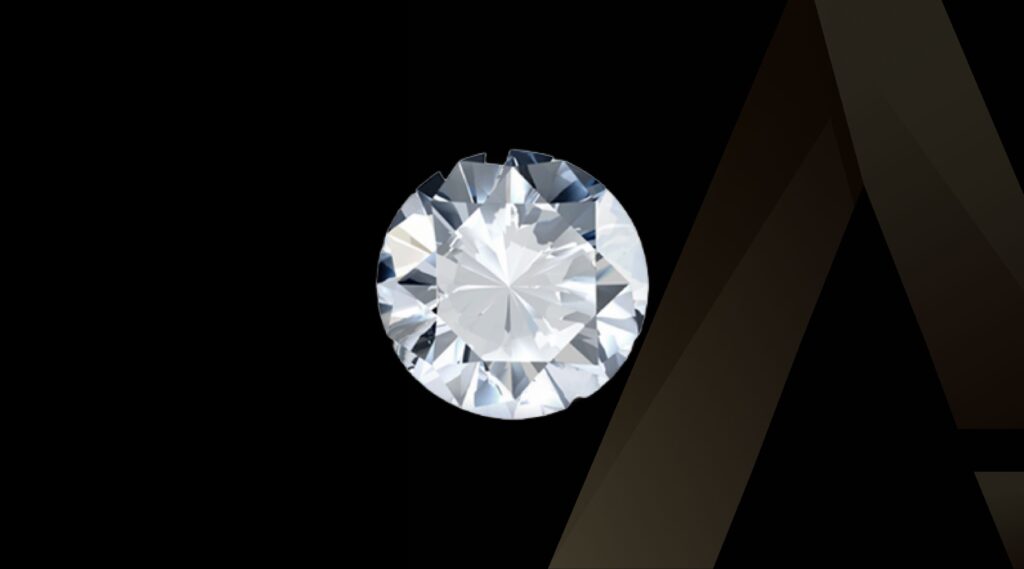This week, explore the fascinating odyssey of diamonds, from their ancient origins to their status as symbols of beauty and opulence in the modern world. You’ll learn:
- Where was the first diamond discovered
- Who were the first diamond owners
- Some pivotal historical discoveries
- How the global expansion of diamond mining happened
- What the future of diamond production can look like
TRIVIA: When and where was the first diamond discovered?
A) Brazil – 18th Century
B) South Africa – 19th Century
C) India – 4th Century BCE
D) India – 4th Century CE
And the correct answer is… C!
The story of diamonds begins in 4th century BCE India, where they were first revered for their unmatched hardness and brilliant light reflection.
In fact, the earliest known mention of a diamond was found in a Sanskrit manuscript by a minister in a northern Indian dynasty, dated from 320-296 BCE!
The first diamond owners:
Venturing from India to Europe, diamonds graced the regalia of 13th-century European royalty, often paired with pearls.
Louis IX of France (1214-70) underscored their exclusivity with a law that reserved diamonds for royal use.

Louis IX of France
Venice emerged as a hub for the burgeoning diamond-cutting industry around 1330, further solidifying the gem’s aristocratic status.
Pivotal historical discoveries:
The discovery of diamonds outside India began modestly in Brazil in 1725. However, the finding of the Eureka Diamond by a young South African boy in 1866 marked a significant turning point, signaling the start of the African diamond rush, particularly after the discovery of the Colesberg Kopje in 1871 (an open-pit and underground mine in Kimberley, South Africa).
 Colesberg Kopje
Colesberg Kopje
From mid-July 1871 to 1914, Colesberg Kopje hosted up to 50,000 miners who dug the hole with picks and shovels, yielding 2,720 kilograms (6,000 lb; 13,600,000 carats) of diamonds.
The global expansion of diamond mining:
Post-1870, with abundant South African diamond mines, diamonds transitioned from rare gems to accessible luxuries. The sale of French crown jewels in 1887 democratized diamonds, expanding their accessibility. Today, diamond production spans over 25 countries, with Australia, Russia, and Botswana leading the way.
The future of diamond production:
While the 20th and 21st centuries have witnessed exponential growth in diamond production, the finite nature of global deposits suggests a future where quality and sustainability are paramount. With less than 20% of mined diamonds being of gem quality, the industry continues to innovate, ensuring the enduring legacy and allure of diamonds.












